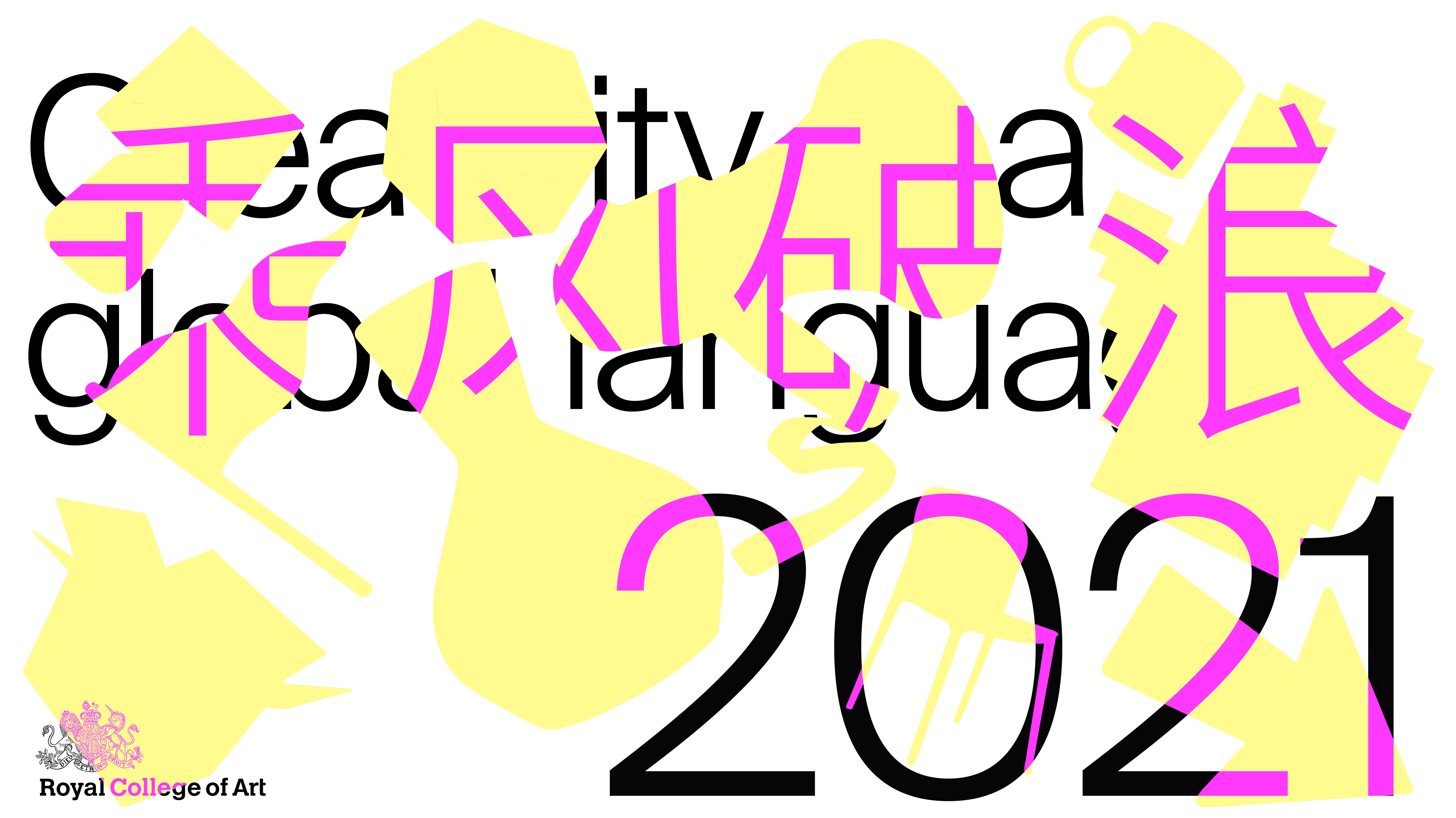Experimental Communication

About
Experimental Communication engages students in a critical (re)mapping of the relations between culture and technology, ethics and aesthetics, the personal and the political, across an ever-mutating present. We attempt to locate practices that seek to disrupt dominant narratives, official archives and existing models of knowledge production; driven by a collective commitment to dismantling and unlearning the official histories of our discipline.
Our approach is shaped by the belief that visual communication can be thought of as a field in which radically different materialities coexist, such as human behaviour and computational processes. Through a discipline and media forms mash-up, characteristic of Experimental Communication practitioners, students typically work across audiovisual installations, performances, film essays, documentaries, radio platforms, writing, publishing and curating situations that hit back at hierarchical, ordered and individualistic ways of living. The result is work that clearly and confidently moves from a set of critical positions to an expanded view of what communication is, reframing what we do, why we do it, and how it impacts the world — or dare think of other worlds.
Our approach is shaped by the belief that visual communication can be thought of as a field in which radically different materialities coexist, such as human behaviour and computational processes. Through a discipline and media forms mash-up, characteristic of Experimental Communication practitioners, students typically work across audiovisual installations, performances, film essays, documentaries, radio platforms, writing, publishing and curating situations that hit back at hierarchical, ordered and individualistic ways of living. The result is work that clearly and confidently moves from a set of critical positions to an expanded view of what communication is, reframing what we do, why we do it, and how it impacts the world — or dare think of other worlds.
Cover Image — 'RCA2021 Identity' by Amir Saidani and Camille Le Flem